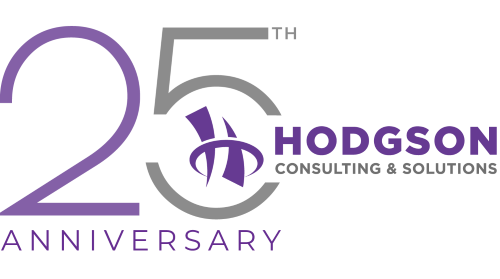According to a recent report by Check Point Research, LinkedIn, the popular business platform owned by Microsoft, has become a prime target for phishing attacks, with nearly half of all global phishing attempts impersonating the site. This alarming trend highlights the need for heightened awareness and vigilance among LinkedIn users.
Scammers often exploit LinkedIn users looking for new job opportunities by sending deceptive messages. Phrases like “You have 1 new invitation” or “Your profile has been viewed by 63 people” may seem legitimate at first glance. However, it is crucial to verify the sender’s email address and examine the message carefully to confirm its authenticity. These fraudsters craft emails that closely mirror official LinkedIn communications, often including the company’s branding and language. The goal is to direct recipients to fake pages designed to steal personal information, such as login credentials and personal details.
Another common tactic employed by cybercriminals is creating fake profiles to deceive users with fake job offers. These profiles can appear very convincing, often featuring professional photos and detailed work histories. Once trust is established, scammers may request an initial payment to process job applications or provide links to phony forms that are actually phishing traps. This can lead to significant financial loss and identity theft for victims.
LinkedIn is proactively addressing these security threats by implementing advanced protective measures for its users. Here are three key security features currently in place to safeguard your account:
1.
Suspicious Message Warnings – LinkedIn’s technology can detect messages from users attempting to take conversations off the platform or are sharing potentially inappropriate content, triggering a warning notification to bring these issues to your attention.
2.
Profile Verification – To further enhance your page’s authenticity, LinkedIn offers an additional layer of verification. By submitting an extra form of identification, you can obtain a verification badge on your profile, ensuring viewers that your profile is legitimate. This badge serves as a deterrent to scammers, who often create fake accounts that are quickly shut down.
3.
Profile Information – This feature allows you to see the details of a person’s profile to help you determine whether or not to respond to a message, accept a connection request, trust an offer, etc. Under your profile, if you click “More” and select “About this profile” from the drop-down menu, you’ll see information like:
- When the profile was created.
- When the profile was last updated.
- Whether the member has verified a phone number.
- Whether the member has a work e-mail associated with their account.
4.
AI-Generated Profile Picture Detection – Scammers will use AI to generate realistic profile pictures of fake people to create fake profiles used to scam users. Scarily, LinkedIn’s research showed that users were generally unable to visually distinguish real faces from these synthetically generated ones. As a result, LinkedIn partnered with Academia to develop and deploy advanced detection features that allow LinkedIn to detect AI-generated profile pictures and shut down their profiles before they cause problems.
Do you use LinkedIn to find jobs, employees, or clients? It’s a great resource for business, but it’s important to stay secure. However, LinkedIn’s features are just the first line of defense. If someone in your organization were to fall for a scam and click a bad link, would your internal security solutions be enough to protect your network?
We can help you find out. We’ll do a FREE Security Risk Assessment to help you determine if your network is vulnerable to any type of attack. To book yours, call us at 847-906-5005 or click here to book now.


